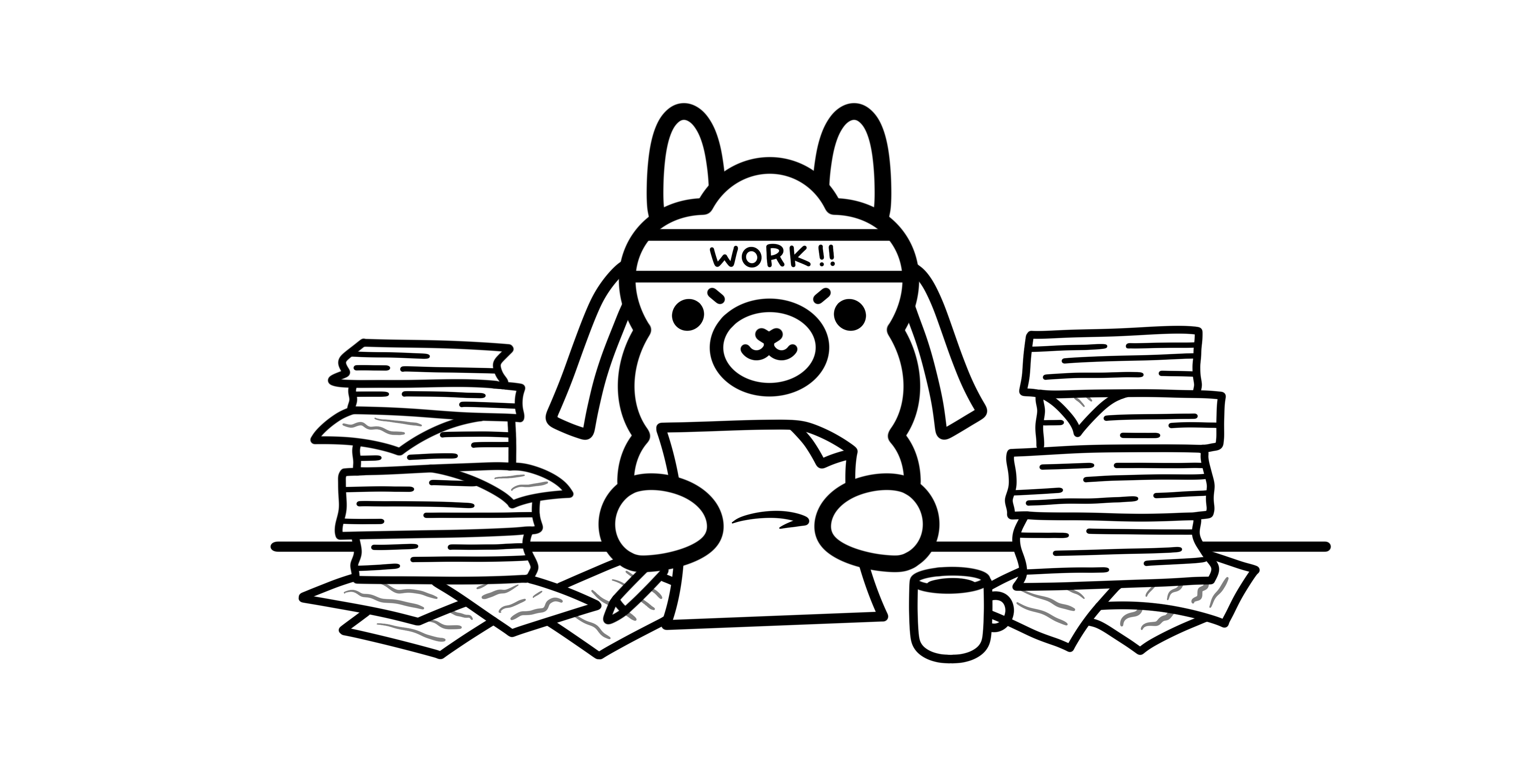Loading content...
Published on
Quantization Explained: Making AI Efficient with a Simple Spice Rack Analogy

A Fun, Simple Explanation! In this article, we'll break down the concept of quantization
Published on

A Fun, Simple Explanation! In this article, we'll break down the concept of quantization